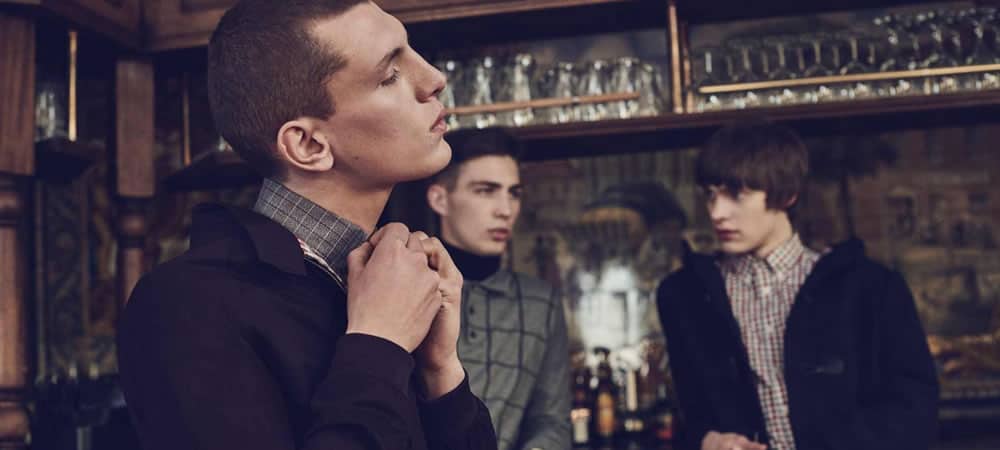Products You May Like
Menswear has long made icons out of outsiders. From beatniks to goths, it’s subcultures – those underground coteries outside the confines of everything mainstream – that have given so many current wardrobe staples their style cachet.
Music, language and rituals all help define a subculture but it’s a gang’s visual signifiers that give it away – the tipped shirt collar or bowl haircut, the studded leather biker jacket or the black nail polish, those style cues that instantly lay bare interests and affiliations.
Not only that, but subcultures have often looked to their appearance as one of their main means of rebellion – which is perhaps why subcultures are such ripe sources of inspiration for menswear designers, even long after the underground pioneers have reached for the slippers and elastic waistbands.
Here are the ones that made their stamp on our style:
Punk
Dead set on stripping away the musical (and other) excesses of 1960s and 1970s rock, punk was about making music as raw and unvarnished as possible. Which goes some way in explaining why punks dressed the way they did.
Piercings. Tattoos. Safety-pinned badges. Studded leather biker jackets. Ripped jeans. As boldly anti-authoritarian as ‘1970s-era punks’ key pieces were, most of them (thanks to fashion’s ravenous appetite for appropriation) still sit perfectly well in your modern-day casual wardrobe. Today, you’re just as likely to see a pair of distressed jeans in high street shop windows as on someone with a Mohican moshing at a Ramones tribute gig.
Channel some of punk’s attitude by picking up some skinny bust-up denim in black or grey. Straight edge lifestyle, optional.
Modern Inspired By Looks
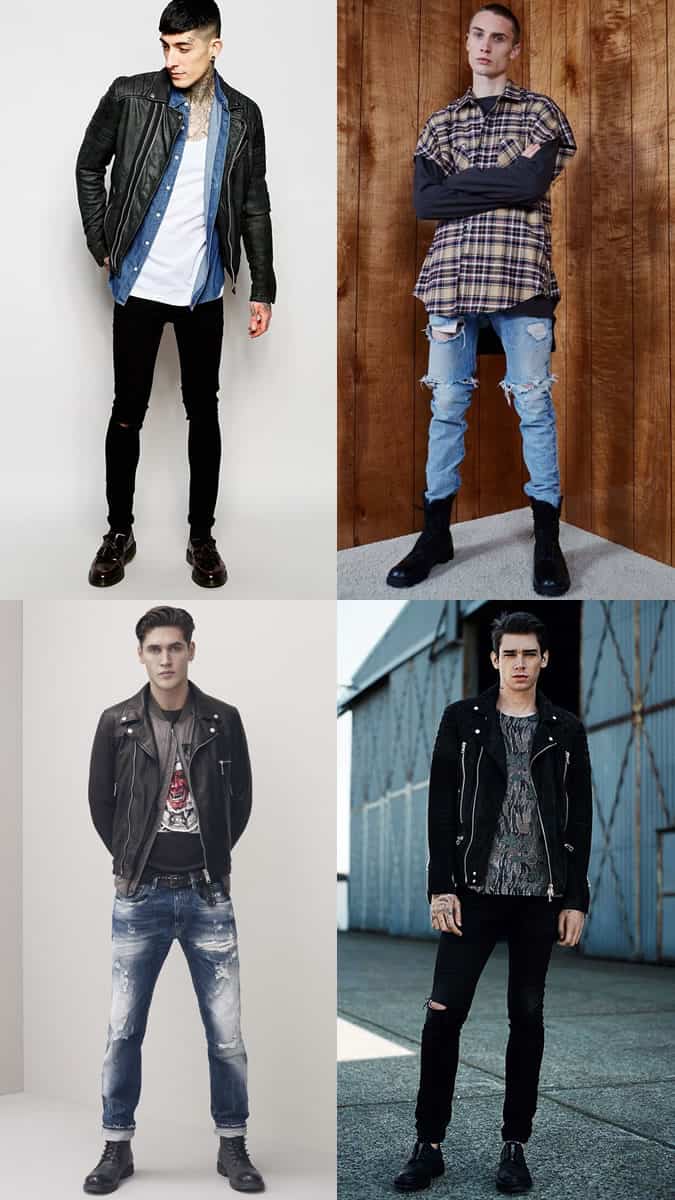
Key Piece: Distressed Denim
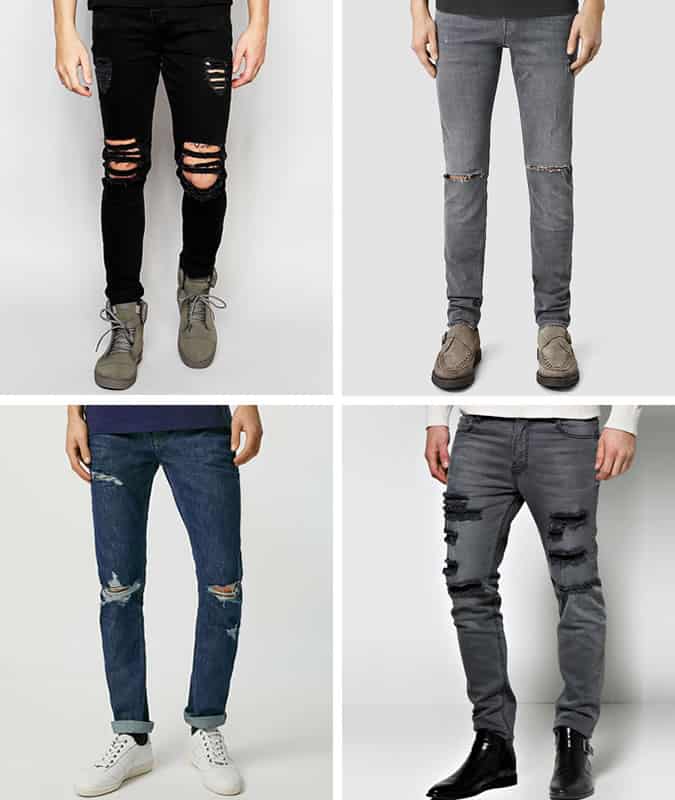
Hip-Hop
1980s B-Boys and early hip-hop artists probably had no idea what a profound effect they’d have on fashion when they first started spitting bars in adidas Superstars and tracksuits. But the ground they broke then arguably set the stage for our current obsession for all things sports luxe and athleisure.
Run-DMC was one of the scene’s most influential tastemakers, spawning ‘sneaker culture’ as we know it today with their 1986 single ‘My Adidas’ – a defiant middle finger to the white establishment and the track that inaugurated sportswear as every self-respecting hip-hop MC’s uniform.
Fast-forward to today and rappers have moved on from reclaiming sportswear to taking up the mantle of the millennial’s rock star. Ask a kid today who they take their style cues from and you’ll hear names like A$AP Rocky and Travis Scott sooner than Jagger and Bowie.
Hip-hop’s influence on designer runways has ballooned, too, with the likes of Astrid Andersen, Alexander Wang, Rick Owens and Nasir Mazhar cementing sportswear’s place in high fashion.
Modern Inspired By Looks
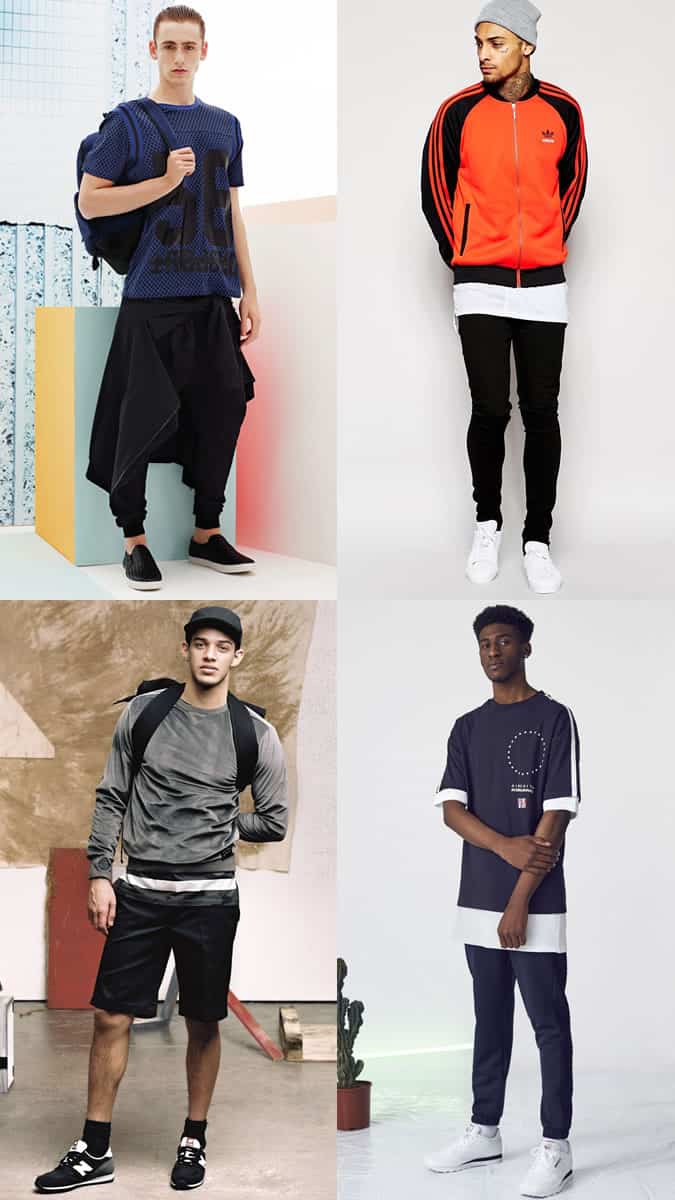
Key Piece: Sportswear
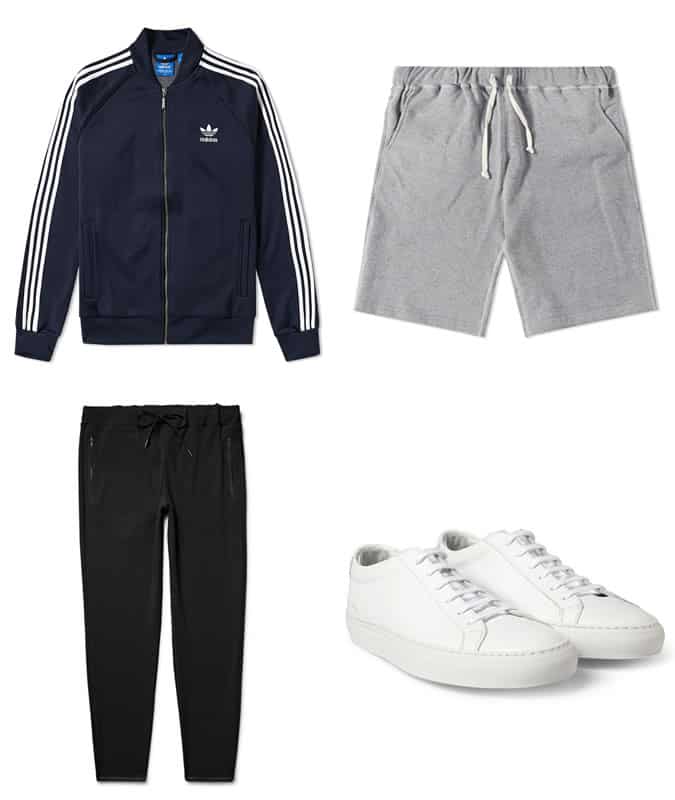
Madchester
Dubbed the Second Summer of Love, ‘Madchester’ – the British music scene that bubbled up from the late 1980s and early 1990s – is partly known for its work in freeing working-class British men from outdated gender constraints (encouraging them to dance, love and express themselves), but perhaps better known for handfuls of pills washed down with cans of lager to the soundtrack of the Happy Mondays and Inspiral Carpets.
Madchester’s unifying symbol wasn’t just a smiley face, though, it was a uniform of zip-up track jackets, adidas Gazelles and, most importantly, bucket hats – as evinced by Stone Roses drummer, Alan ‘Reni’ Wren.
What better way to let the world know you’re totally at peace with yourself than donning a frankly ridiculous but still somehow quite cool hat?
Modern Inspired By Looks
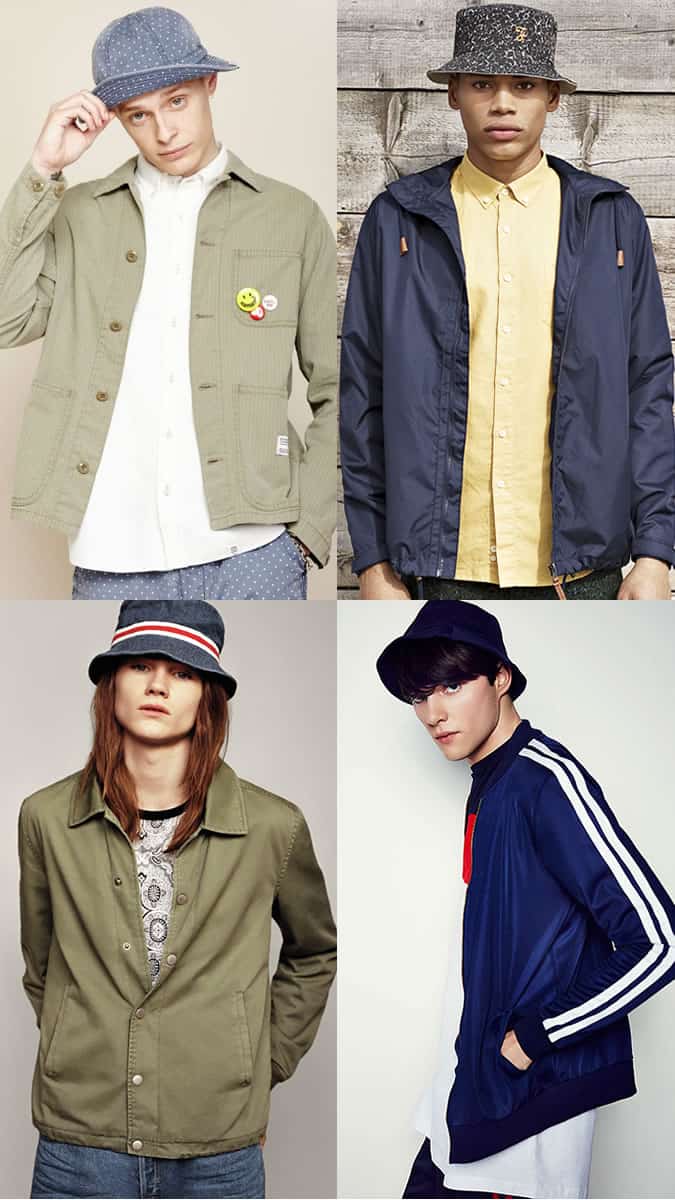
Key Piece: The Bucket Hat
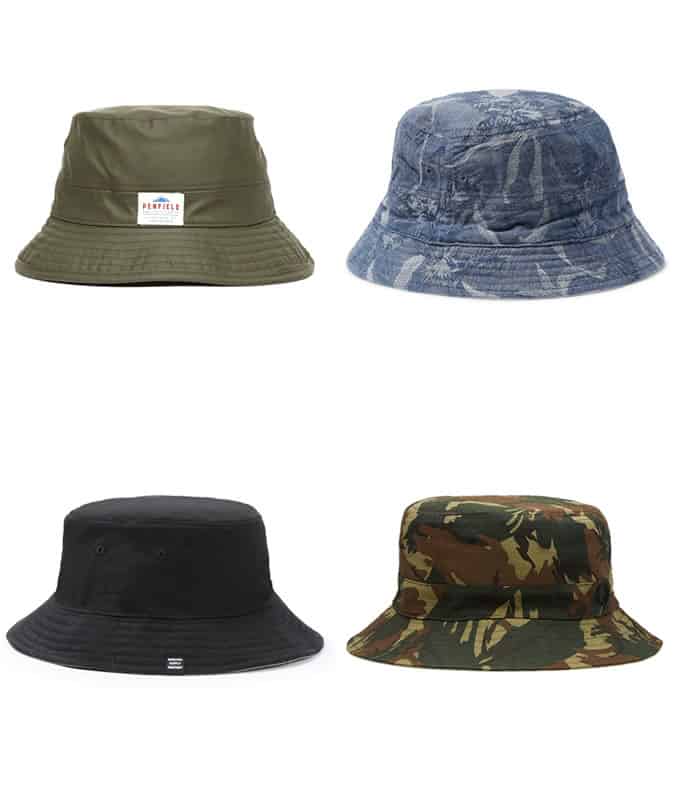
Grunge
Not everyone got on board with grunge’s call to come as you were in the early 1990s. “Grunge is anathema to fashion,” said esteemed fashion journalist Cathy Horyn at the time in her review of Marc Jacobs’ spring/summer 1993 collection for Perry Ellis (the collection that got Jacobs fired). “Rarely has slovenliness looked so self-conscious, or commanded so high a price.”
But the seed was planted. Jacobs won a CFDA award in 1992. And last year, over a decade since grunge’s initial riotous explosion onto the scene, Horyn retracted her statement.
Since its first outing, grunge’s west coast thrift shop vibes have come to serve as the inspiration for some of menswear’s most game-changing designers – from Raf Simons’ SS13 prints inspired by Kurt Cobain’s floral smocks to Hedi Slimane’s SS16 homage to the Nirvana frontman for Saint Laurent – elevating slouch-around pieces like flannel shirts, oversized sweatshirts and beat-up baggy jeans to surprisingly fashionable status.
Modern Inspired By Looks
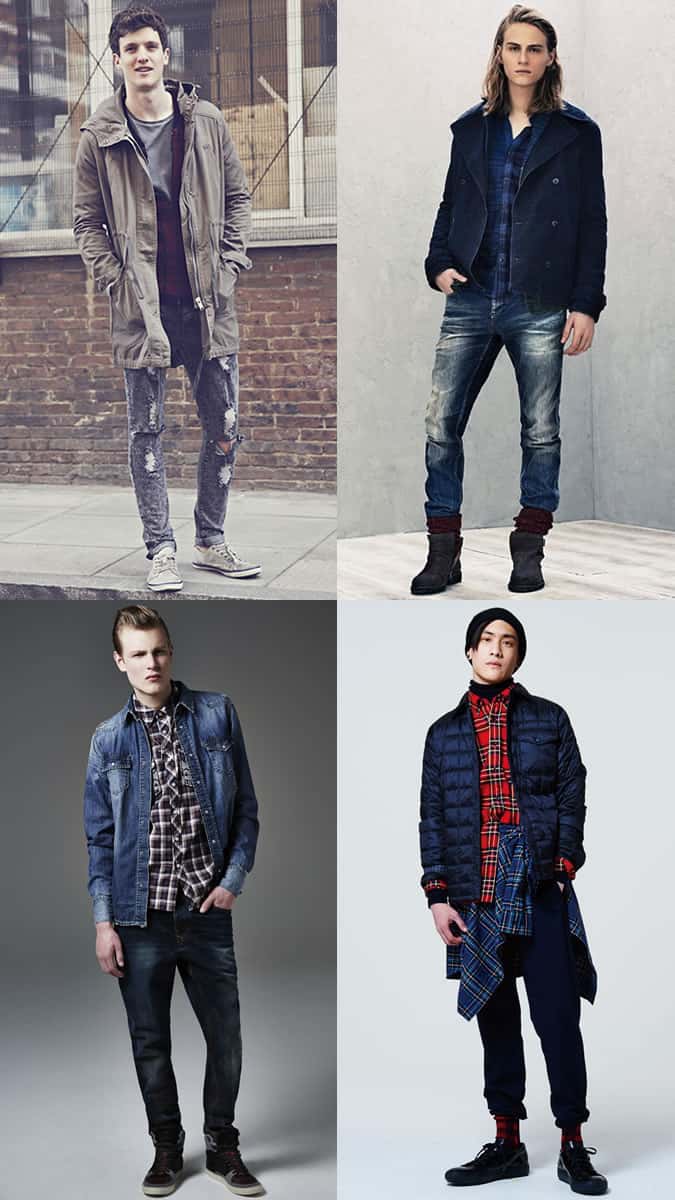
Key Piece: The Flannel Shirt
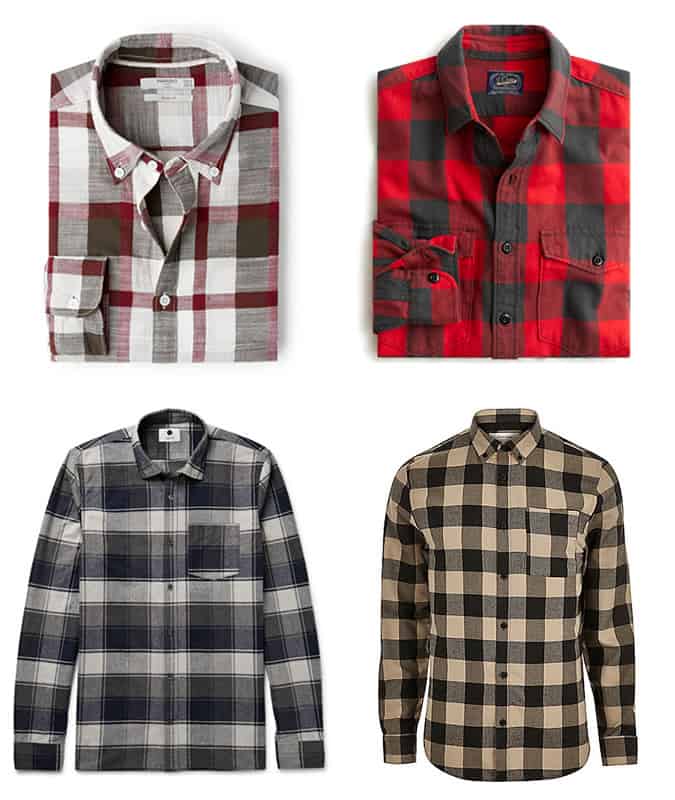
Greasers
It’s difficult to imagine a time when men’s wardrobes weren’t built on basics like tees and jeans. But, until the emergence of the greasers in 1950s America, these casual cornerstones weren’t seen as remotely stylish: T-shirts were technically underwear, and jeans were actual, literal workwear.
Recognisable by their leather or denim jackets, white tees (often with rolled-up sleeves ‘ and a pack of smokes nestled snugly underneath), blue jeans (cuffed by a couple of inches) and thickly greased pompadour hairstyles, greasers were the slickly outfitted rebels post-war American style needed.
The proof? Two style icons constantly name-checked today – Marlon Brando and James Dean – played greasers, and they were the roles (in The Wild One and Rebel Without a Cause, respectively) that made them enduringly famous, at least for their style. John Travolta in Grease? Not so much.
Modern Inspired By Looks
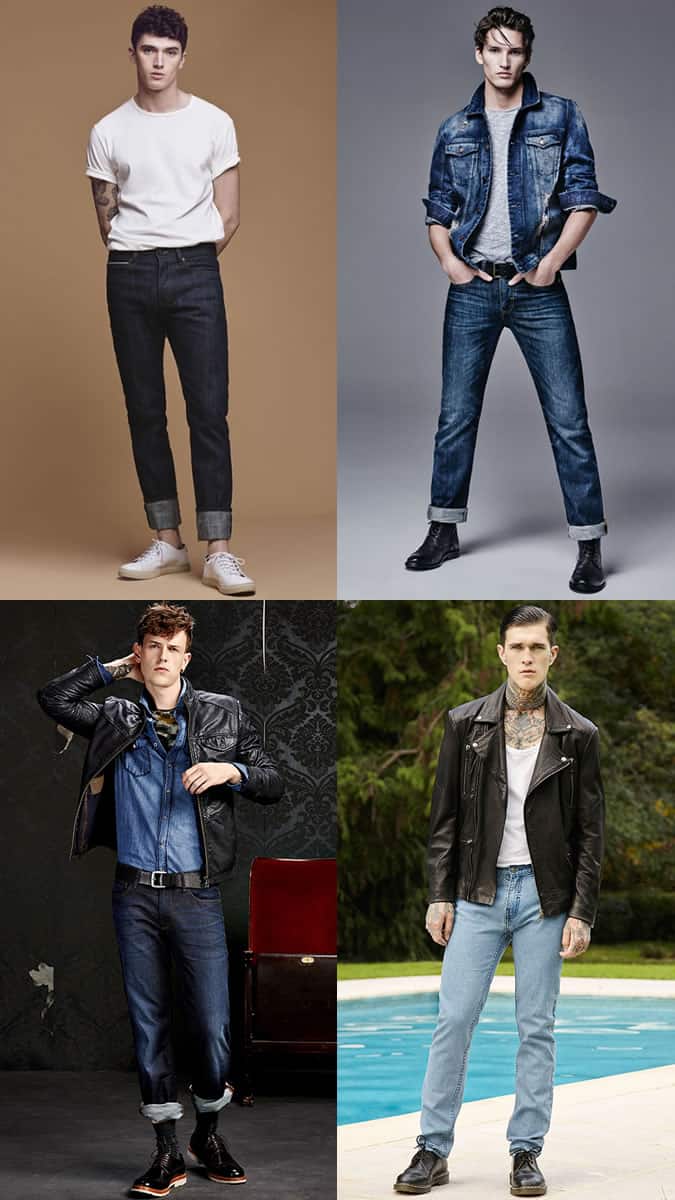
Key Piece: Blue Jeans
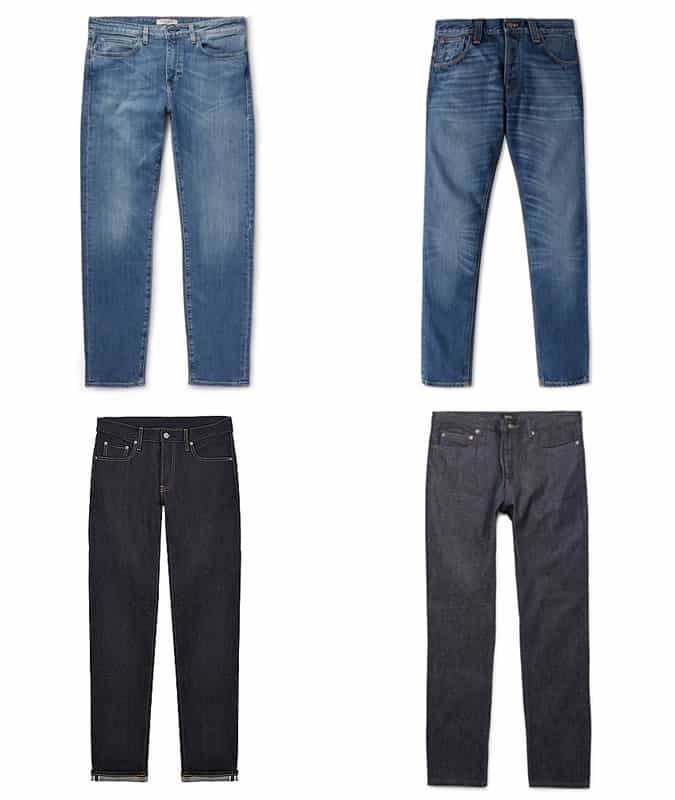
Mods
While style for other subcultures was secondary, mods pretty much made their name on theirs. Pitting themselves against rockers, 1960s mods (who initially earned their name from a love of modernist jazz) splurged on slim-cut suits and scooters to stake their claim to the status of coolest subculture.
“I love the whole look, the music, the imagery, the attitude, even the scooters. It will always be in my heart.” – Paul Weller told NME magazine. Arguably one of the most fashion-forward subcultures, the mods and their numerous revivalists have shared a passion for style.
Mods would spend a large portion of their money on bespoke, tailored suits, often in much slimmer cuts than were widely popular at the time, paired with a skinny tie. This is a style of suiting which has seen several resurgences over the years and remains a strong choice today.
However, the item for which they are best remembered is the humble parka. Having first become popular with mods as a means of keeping their expensive suits clean while riding their scooters, the parka is now so ubiquitous as a practical wardrobe staple that we keep reaching for it every winter.
Modern Inspired By Looks
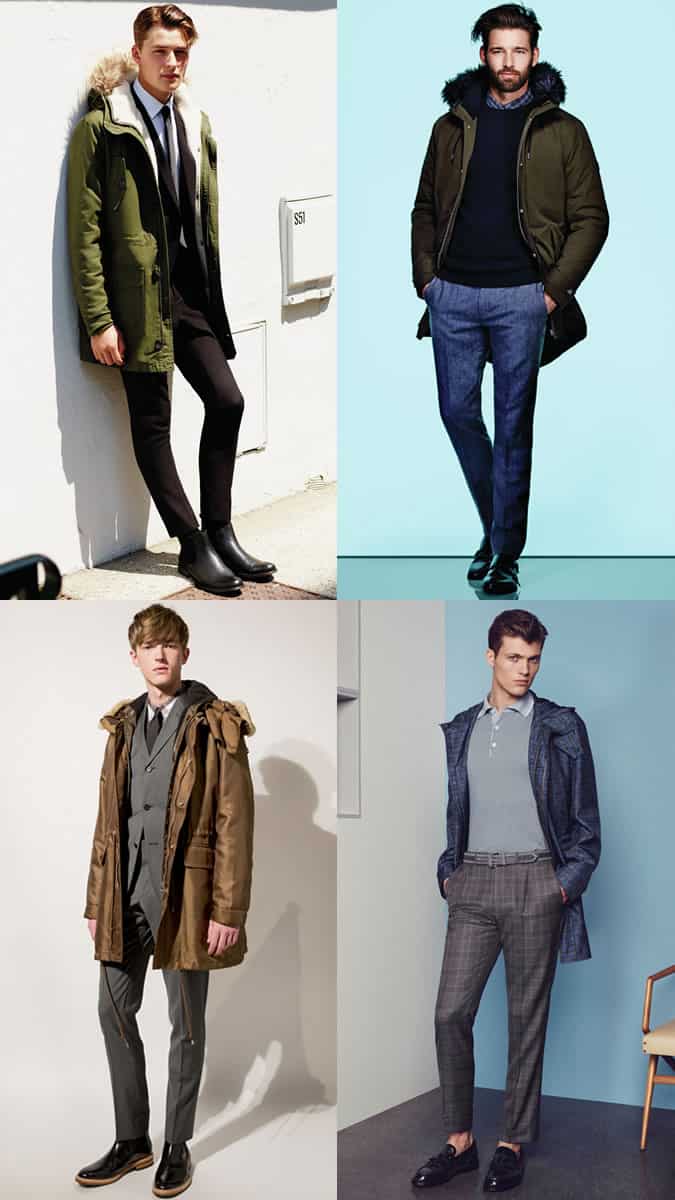
Key Piece: The Parka
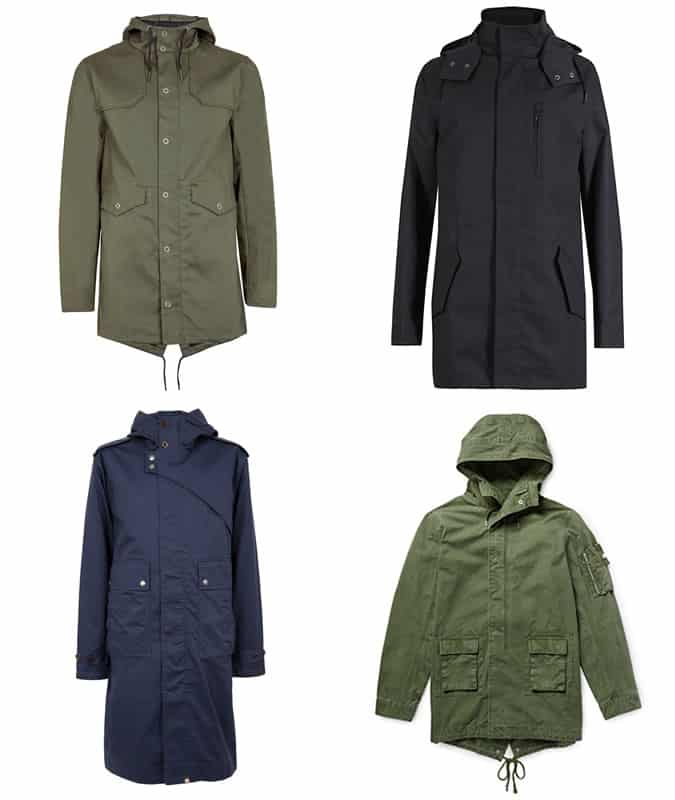
Skinheads
Contrary to popular belief, skinheads weren’t all far-right nut jobs swilling and spitting Stella, shouting ‘Oi!’ and generally causing bovver. In fact, the first wave – heavily influenced by rudeboys and reggae culture – were largely apolitical.
But take a look at the way they styled themselves and it’s easy to see how even pacifist skins got slapped with a bad reputation: shaved heads, bleachers, braces, Dr. Martens boots and MA-1 bomber jackets were all part of the skin’s combative style.
Also integral to their authentically British image was the tipped Fred Perry polo shirt. Classically masculine with its sharp lines and trim fit, the Fred Perry polo was first adopted by the mods but it was the skins who – set against their hardline aesthetic – charged it with its full countercultural potential.
Modern Inspired By Looks
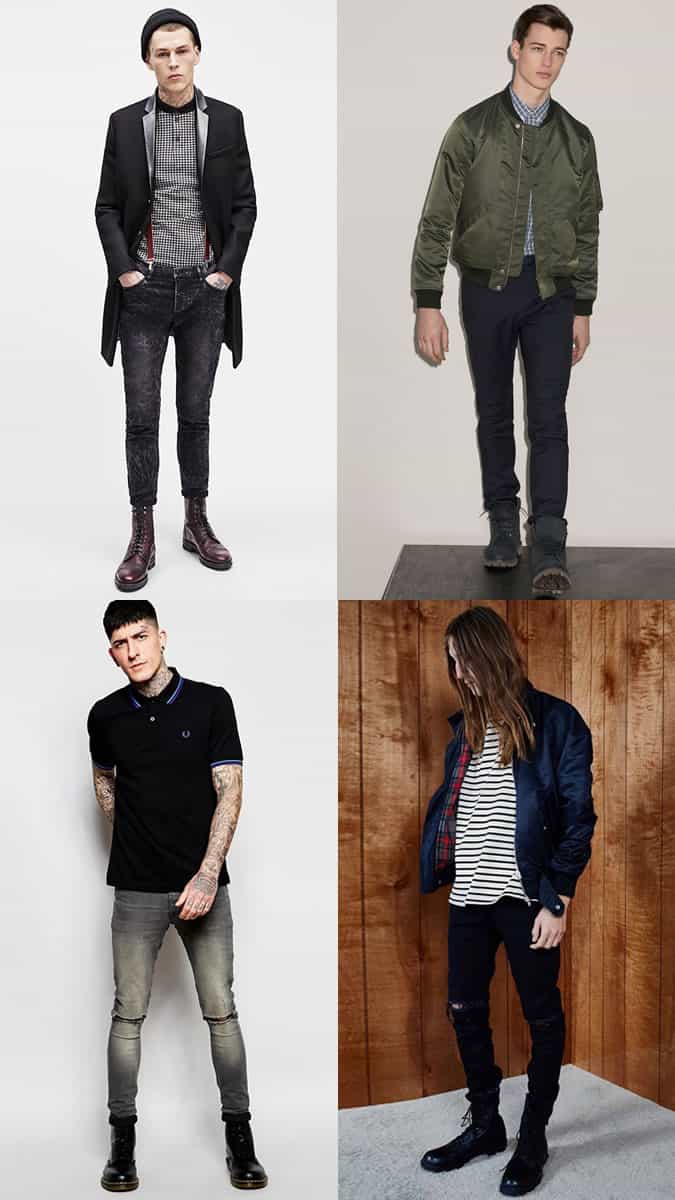
Key Piece: The Fred Perry Polo
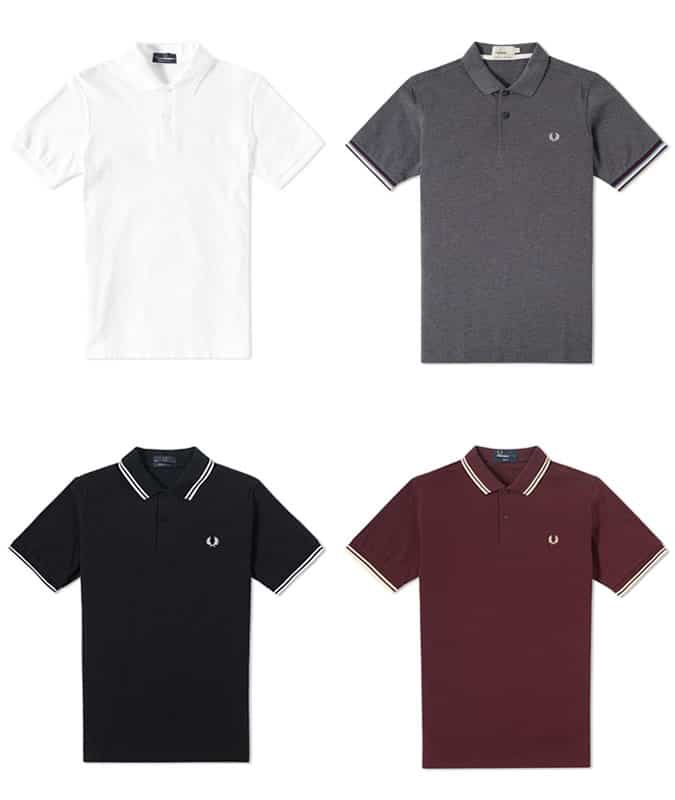
Final Word
Has your personal style been swayed by a particular subculture? Or is normcore the way forward?
Let us know where your allegiances lie, below.
